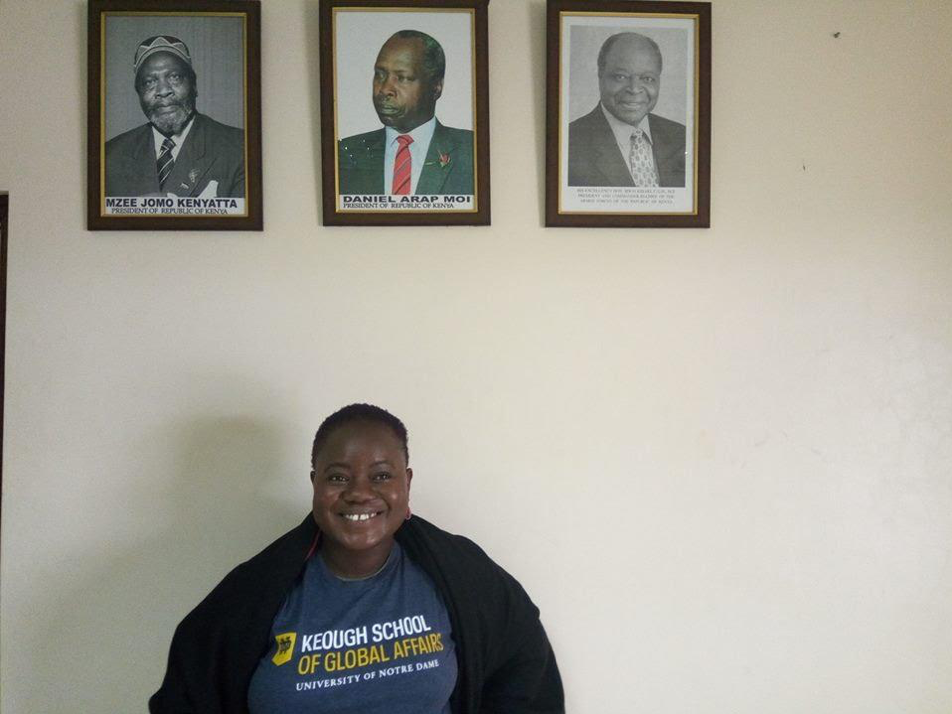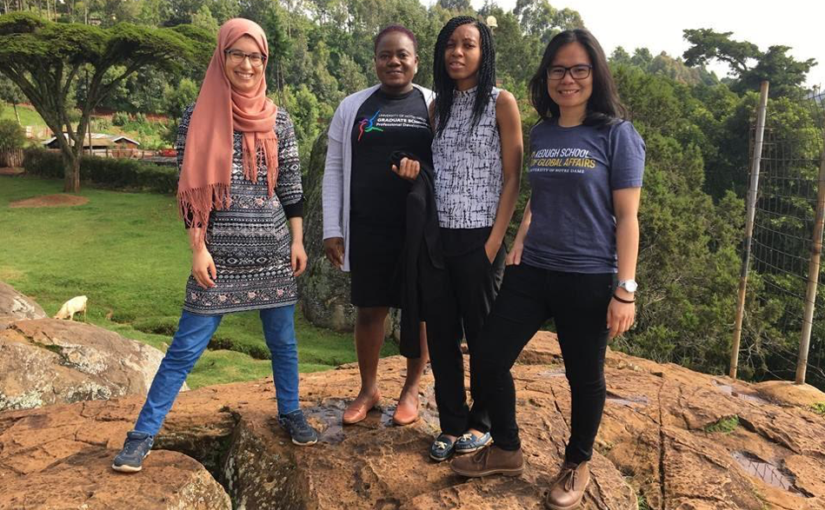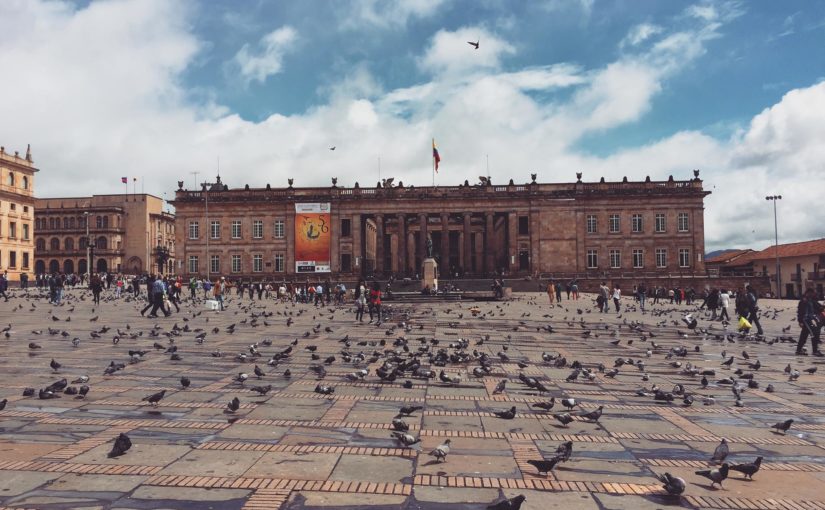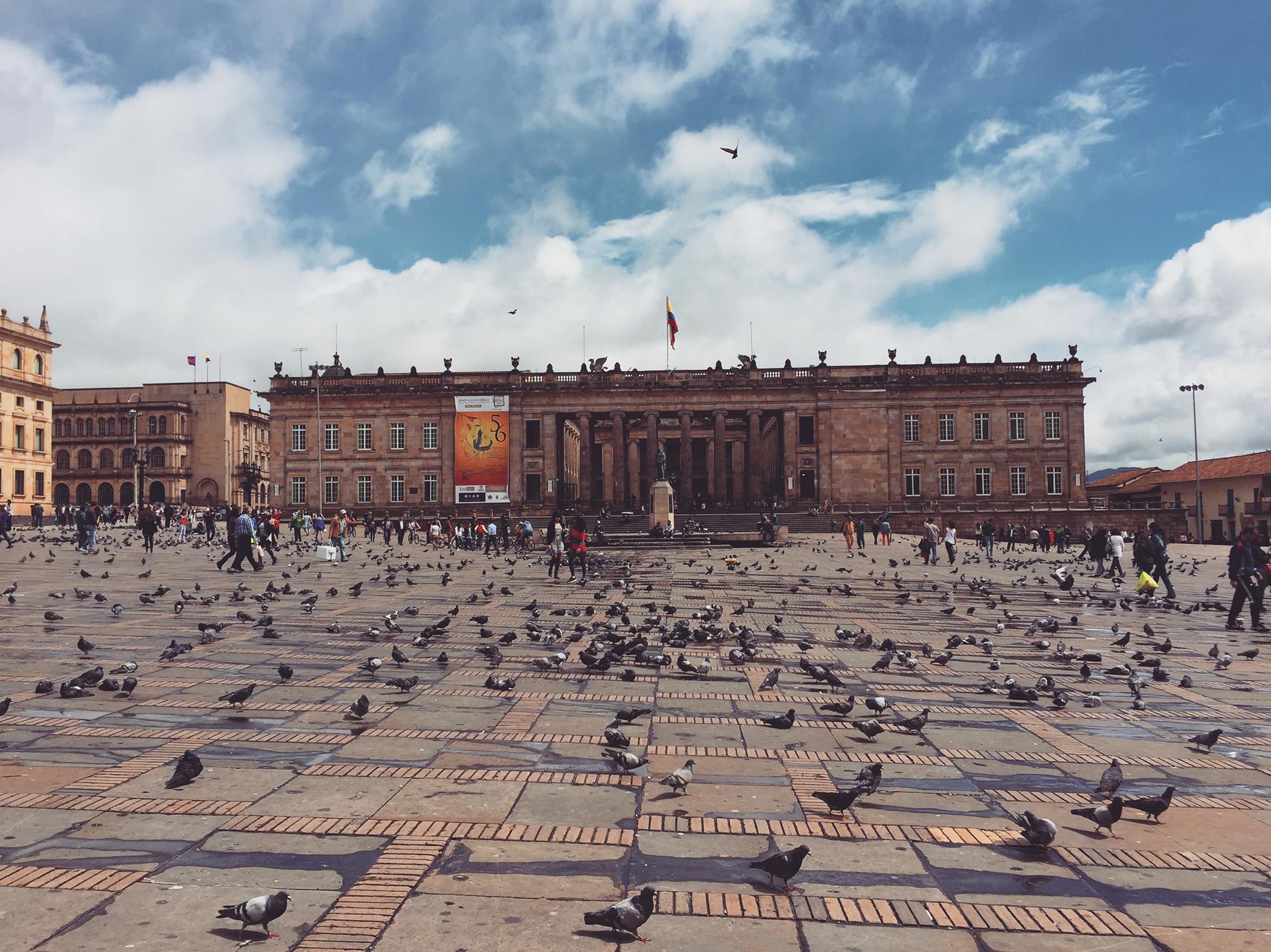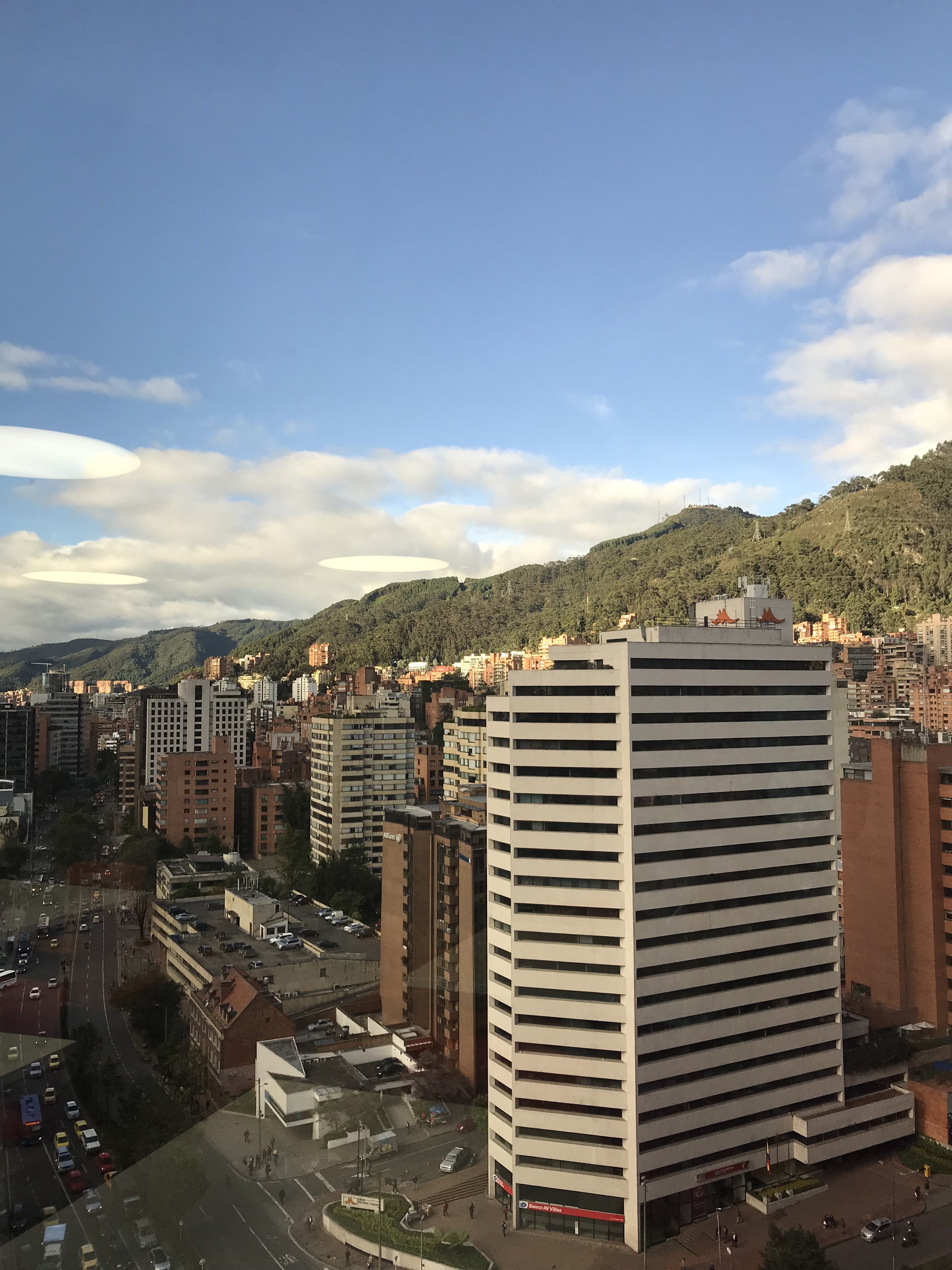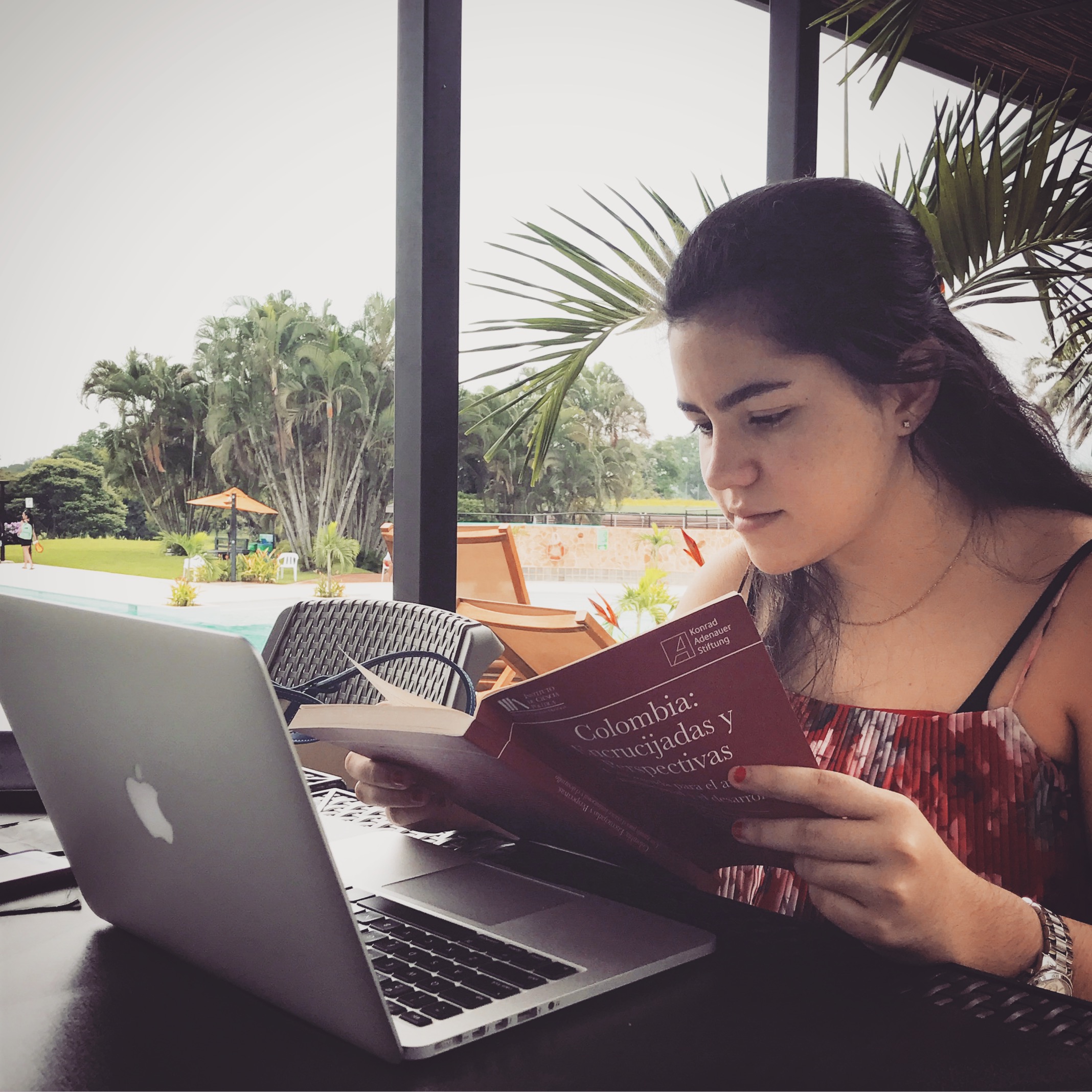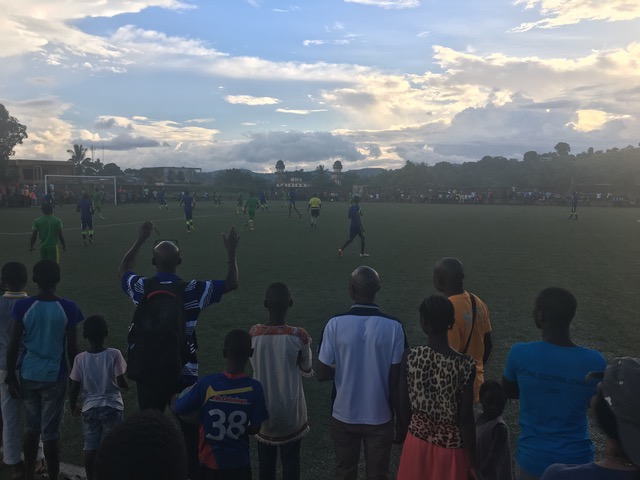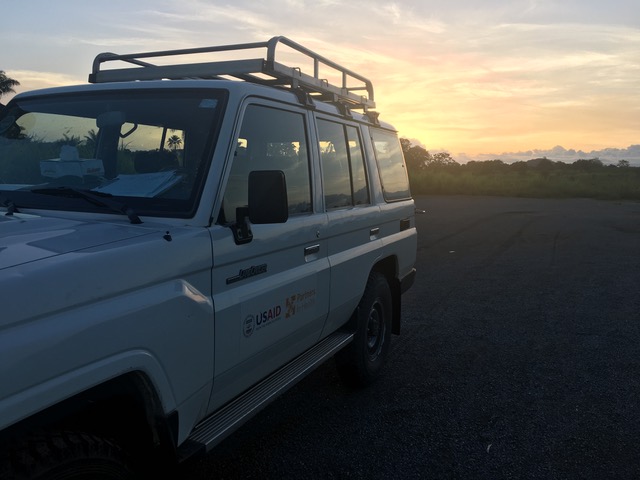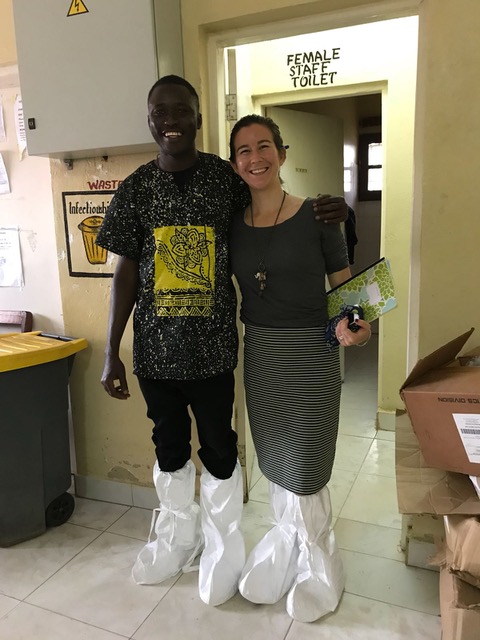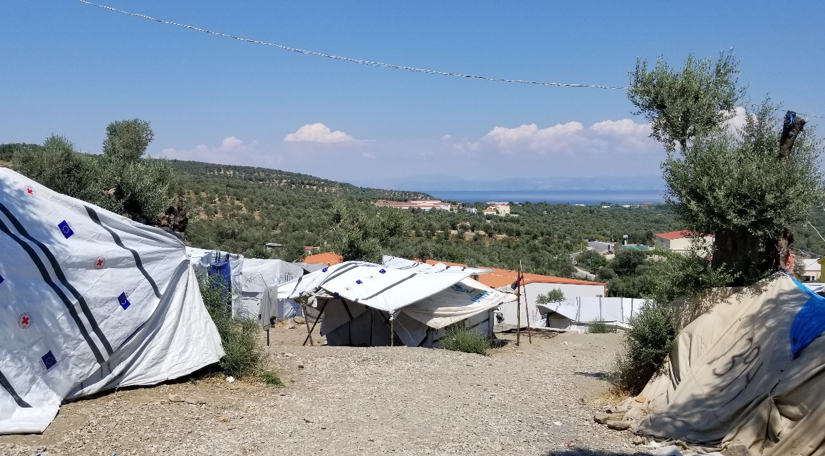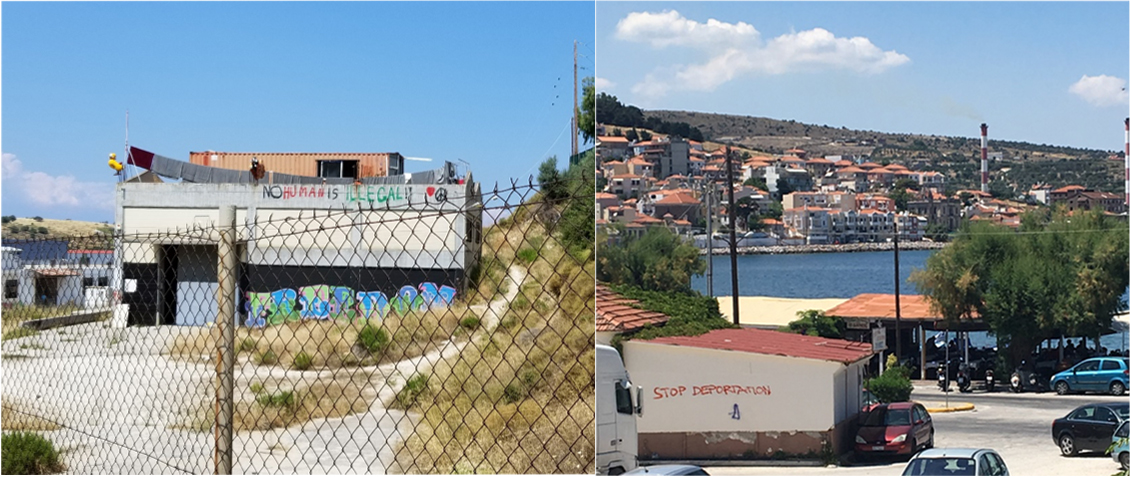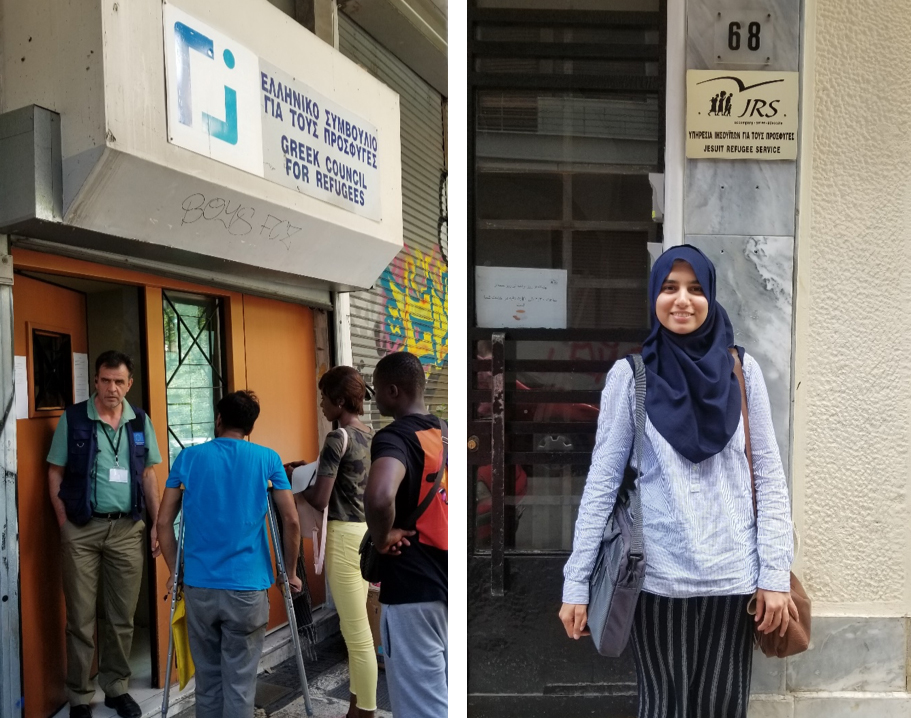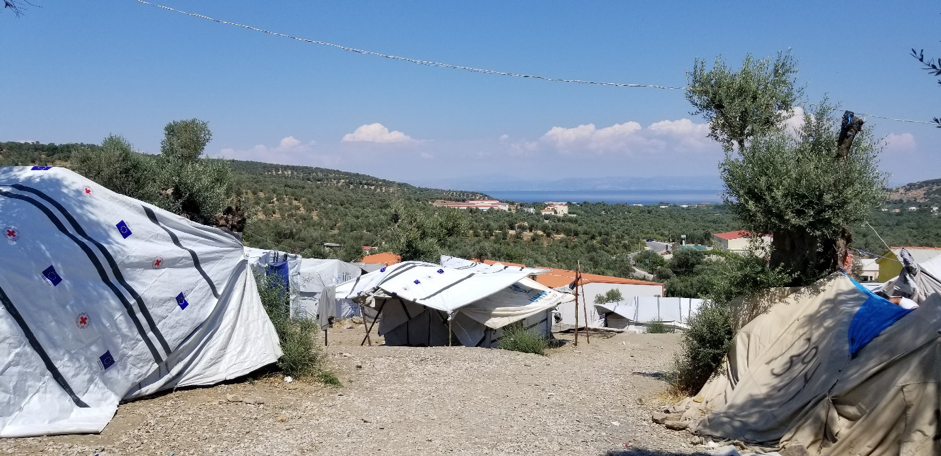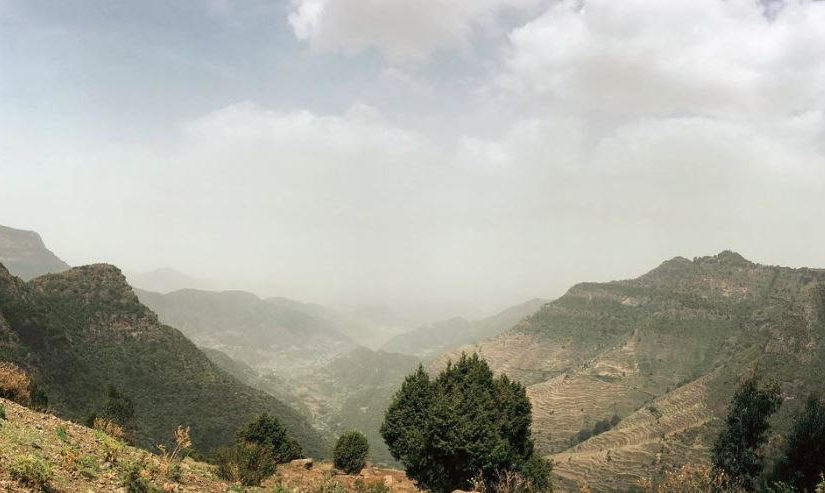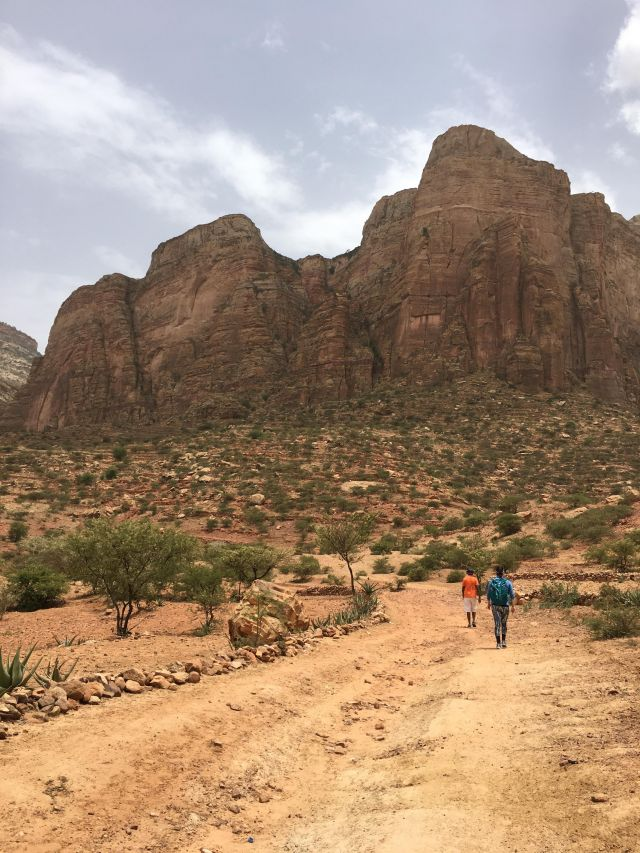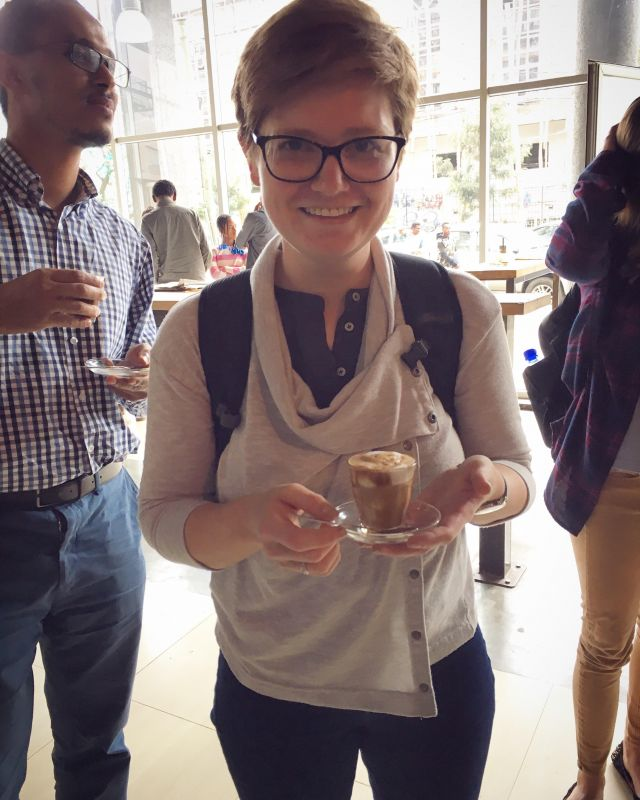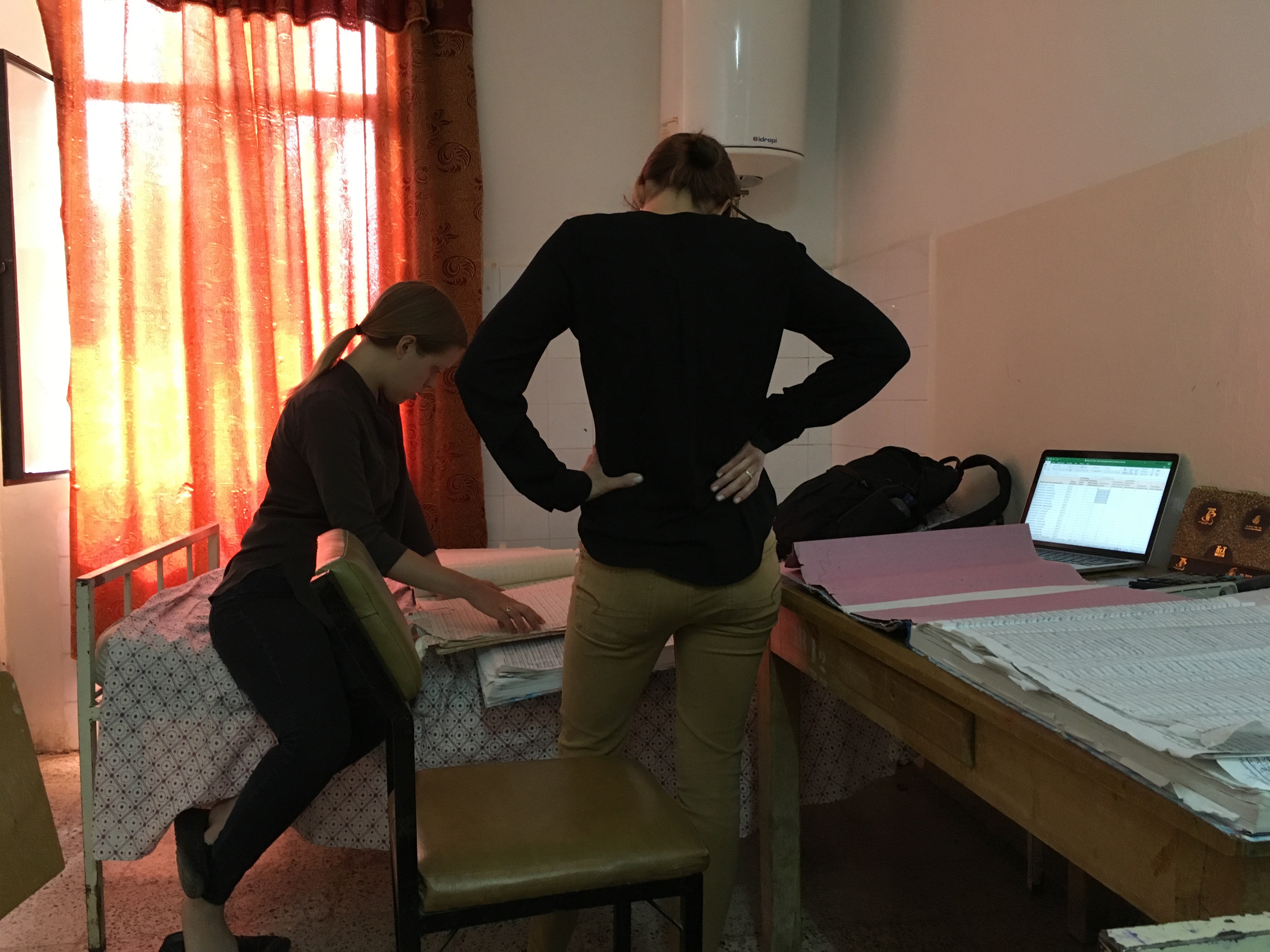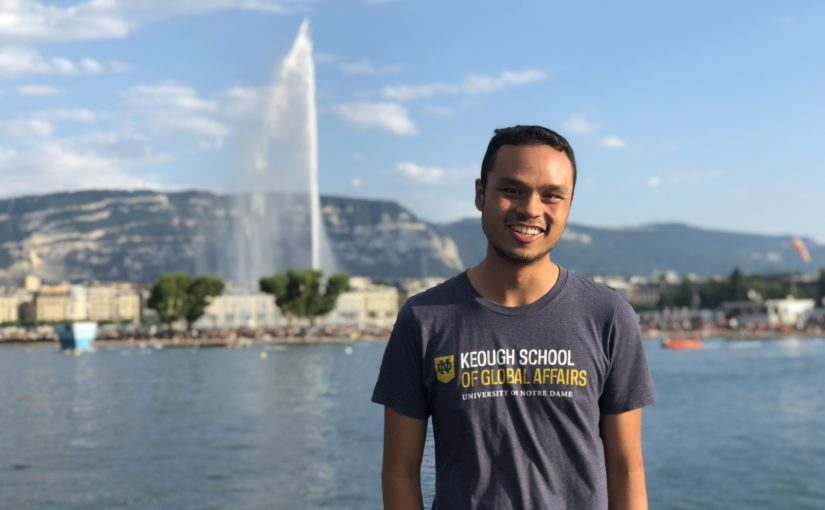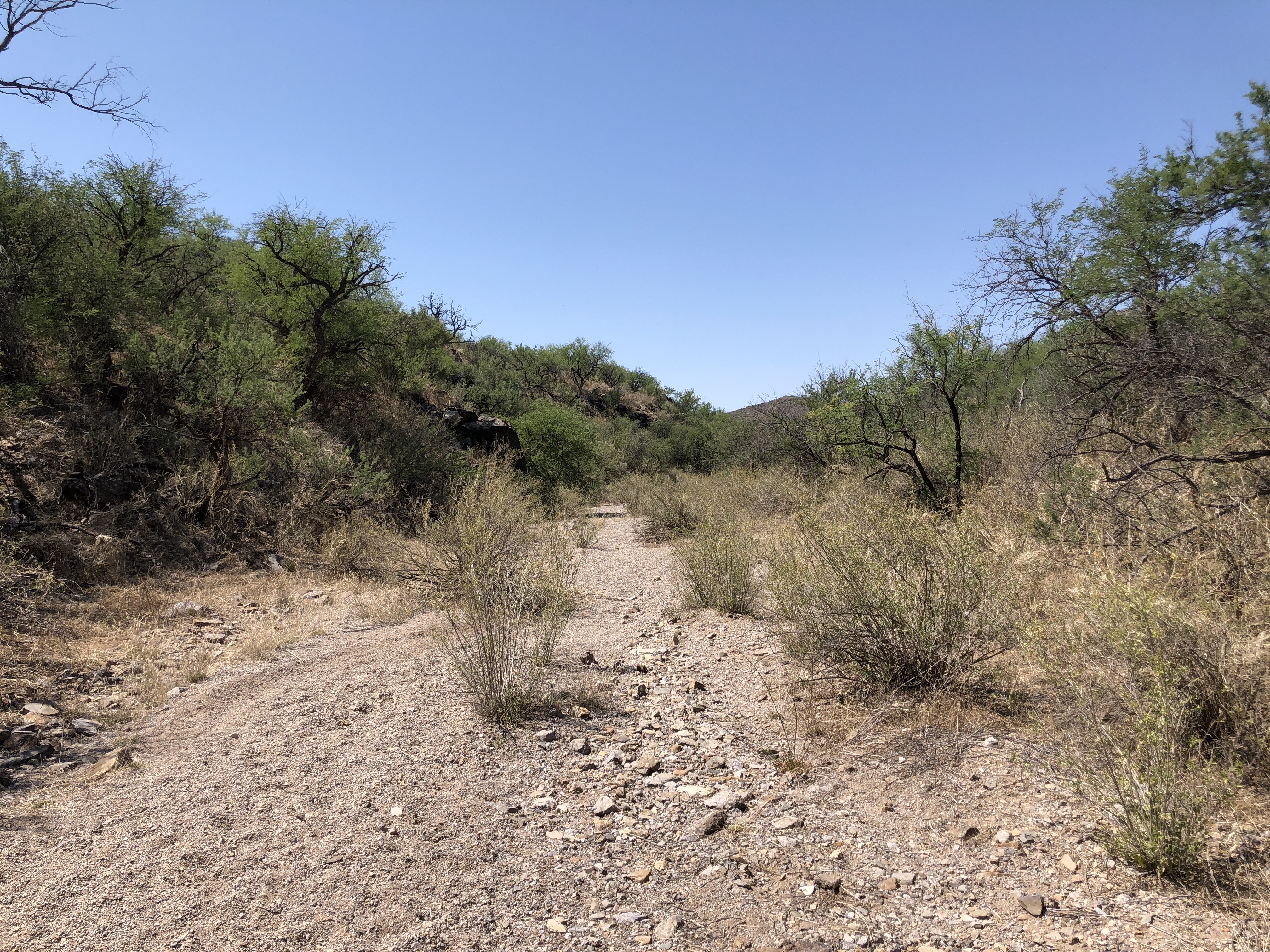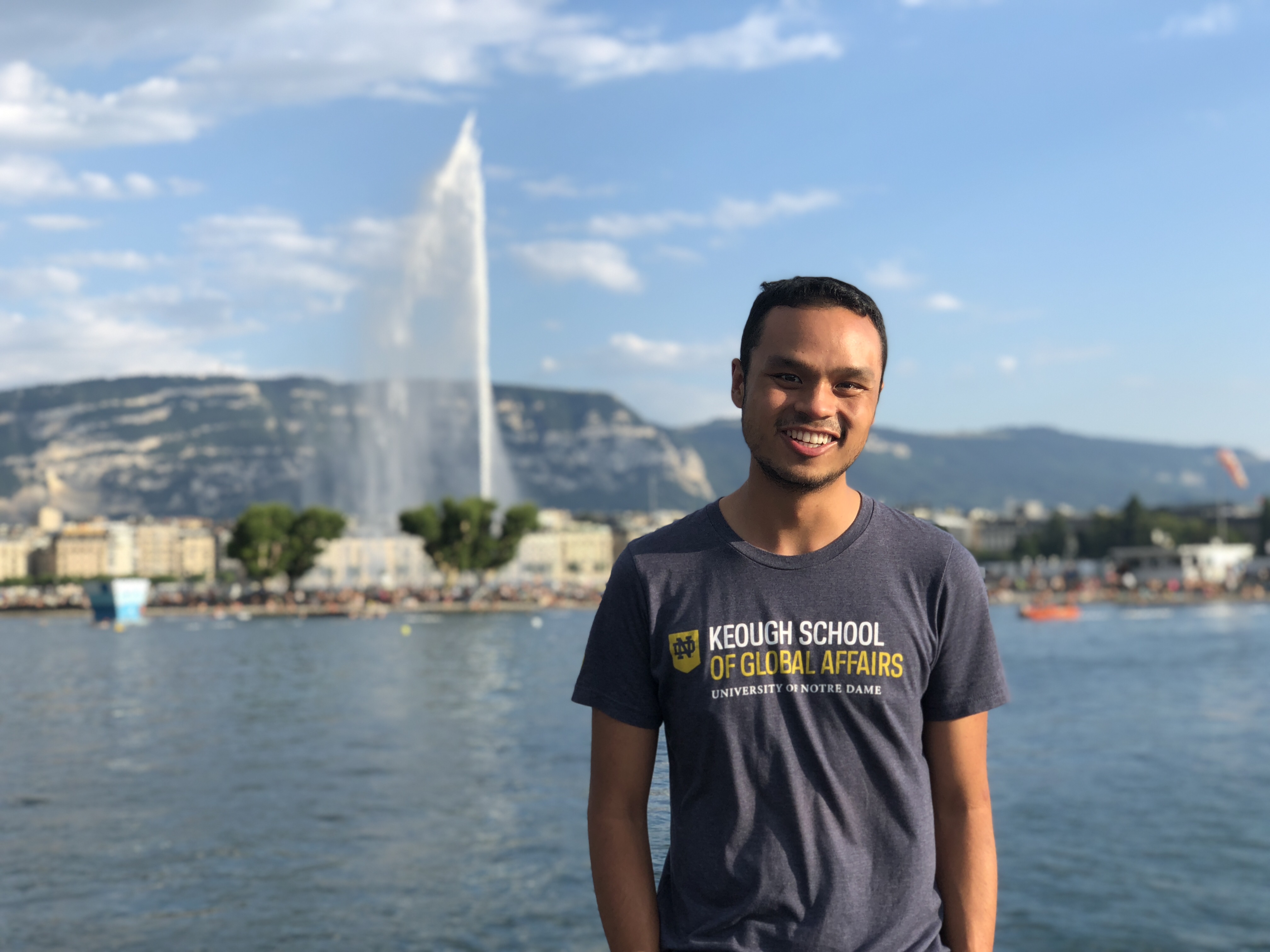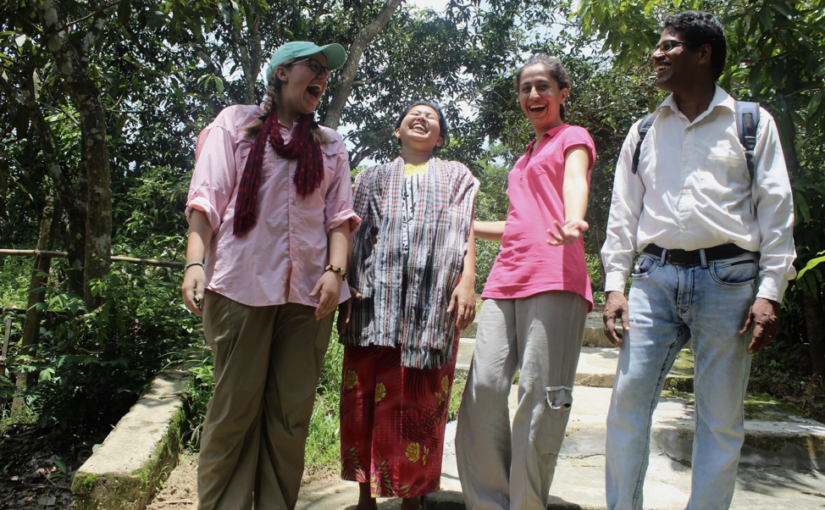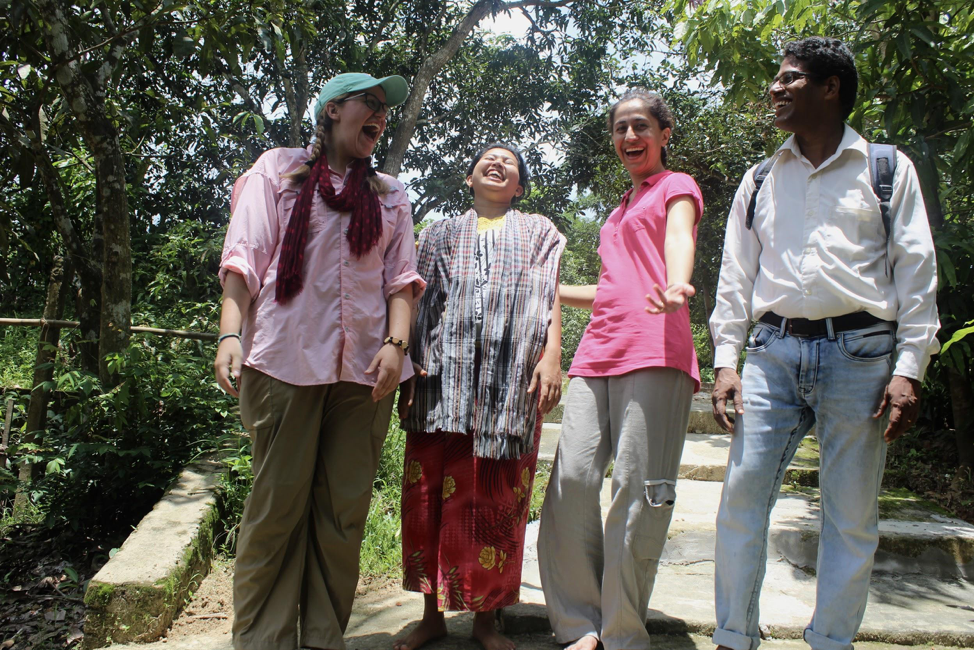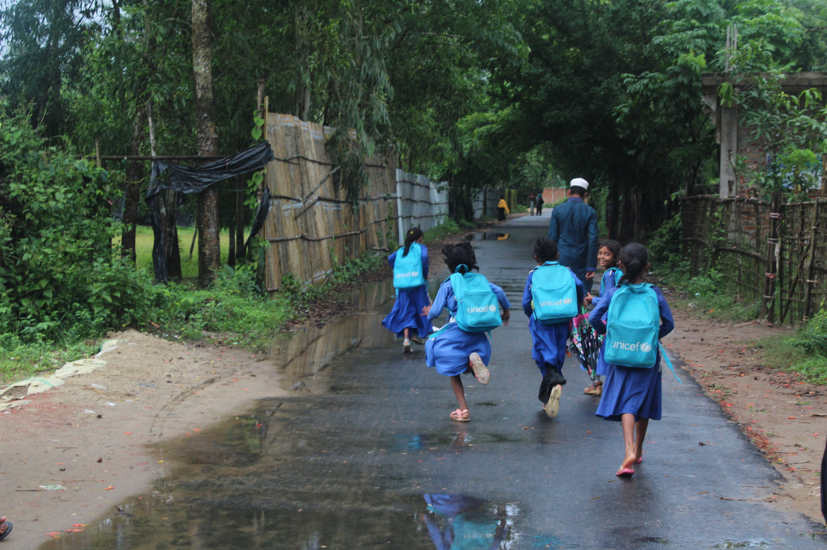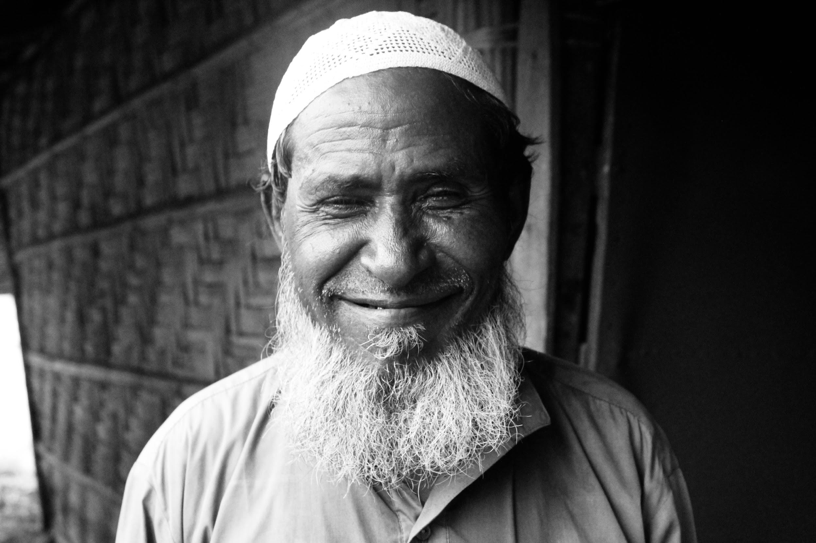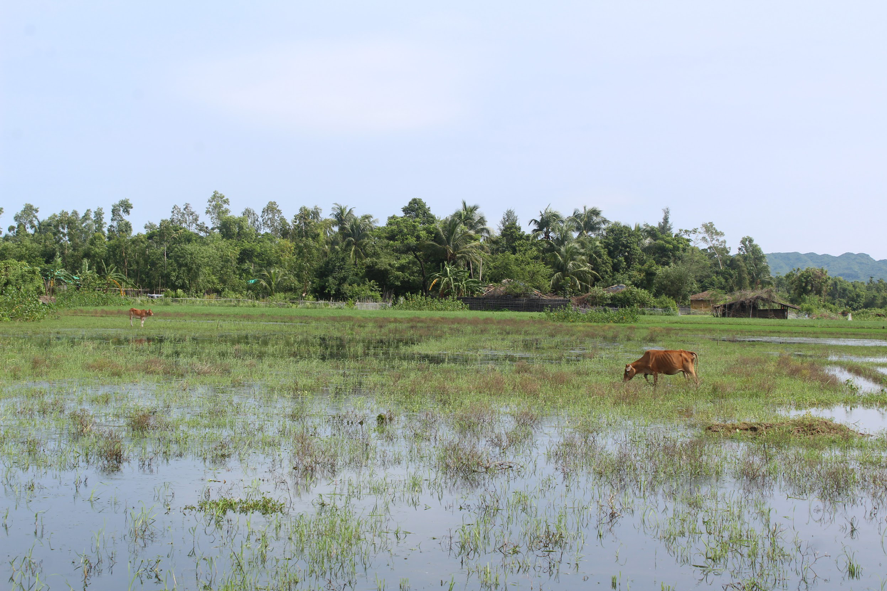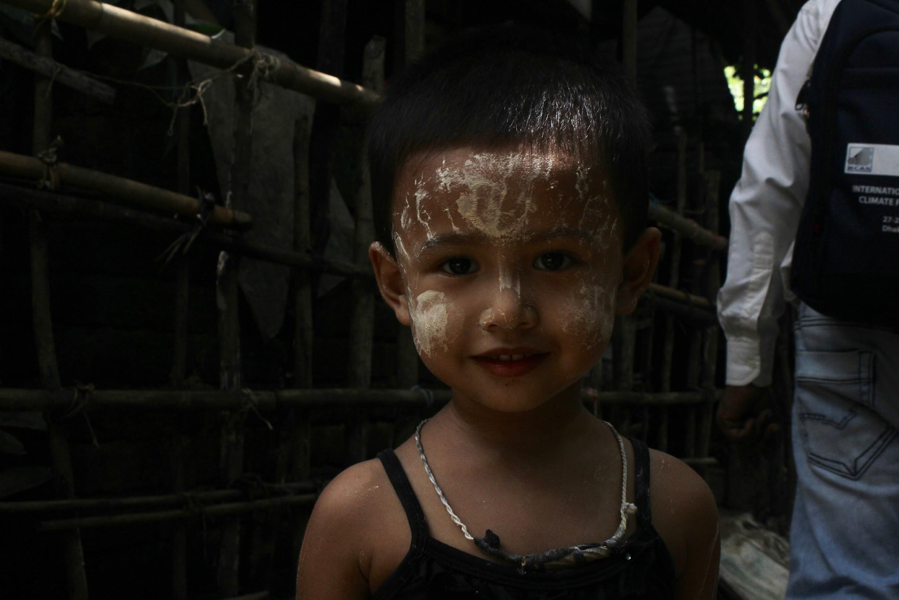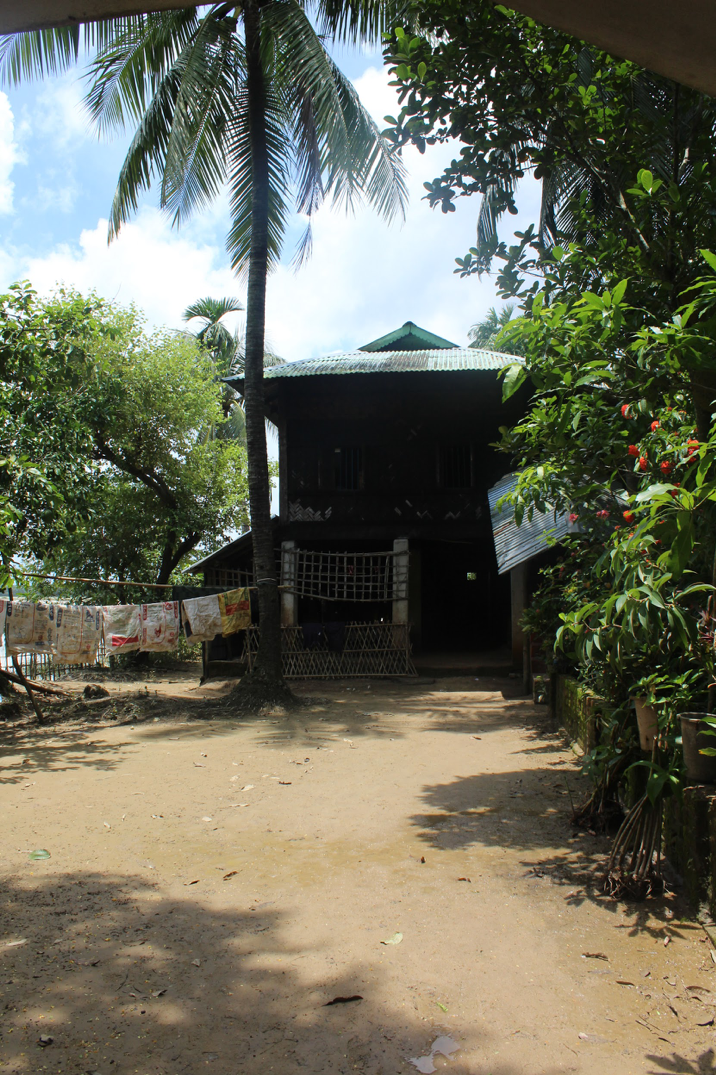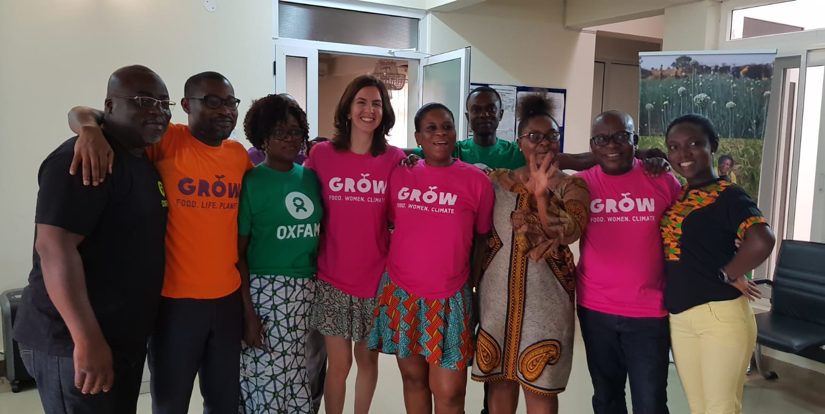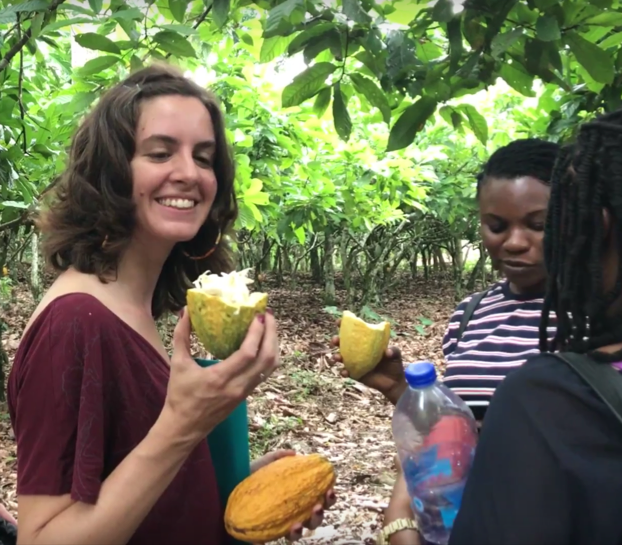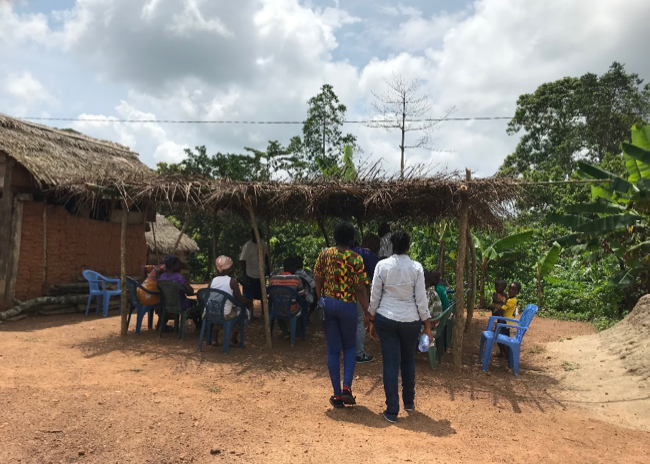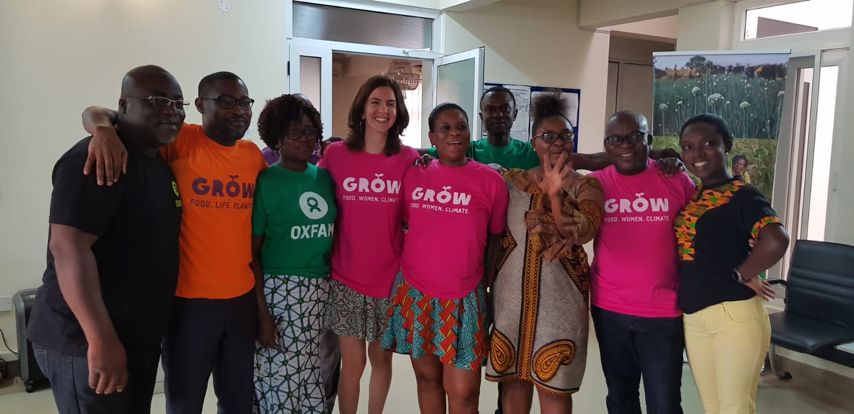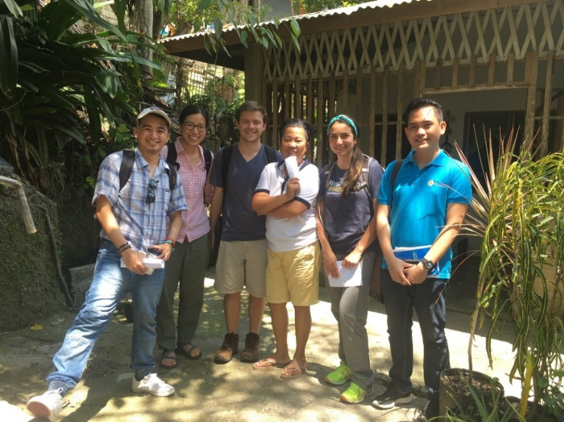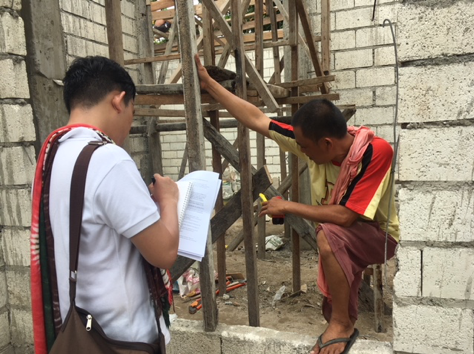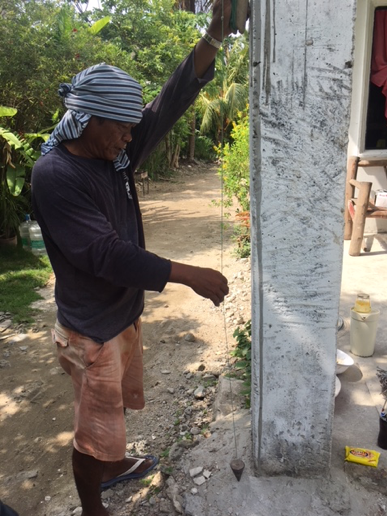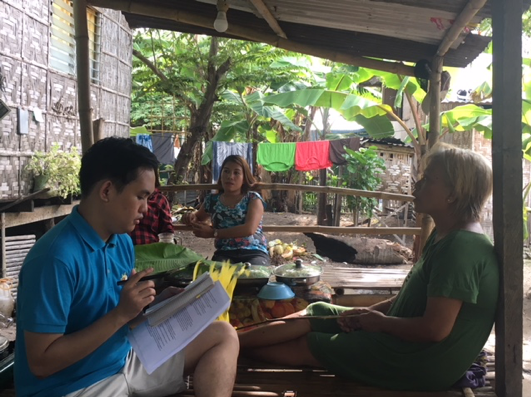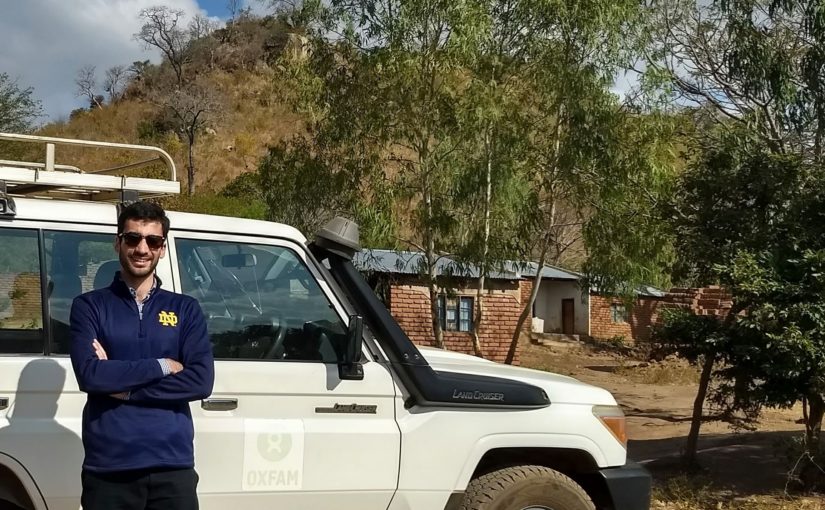by: Dorcas Omowole
Dorcas Omowole interns at the Institute of Economic Affairs, a think tank based in Nairobi, Kenya. With Master of Global Affairs teammates, she assesses the implementation of devolution in Kenya, gathering data and interviewing county officials, civil society organizations, independent commissions and other devolution stakeholders.
A RICHNESS OF FLORA, FAUNA, FOOD, AND GEOGRAPHY
Not only is Kenya home to more than 42 communities, with an estimated 6,506 higher plant species, 359 mammals, 1,079 birds, 61 reptiles, 63 amphibians, and 34 fish species, it has the second highest population of bird and animal species in Africa (Survey of Kenya 2003, World Resources Institute 2003). It’s been interesting and awe-inspiring to experience this diversity, filled with the richness that Kenya represents.
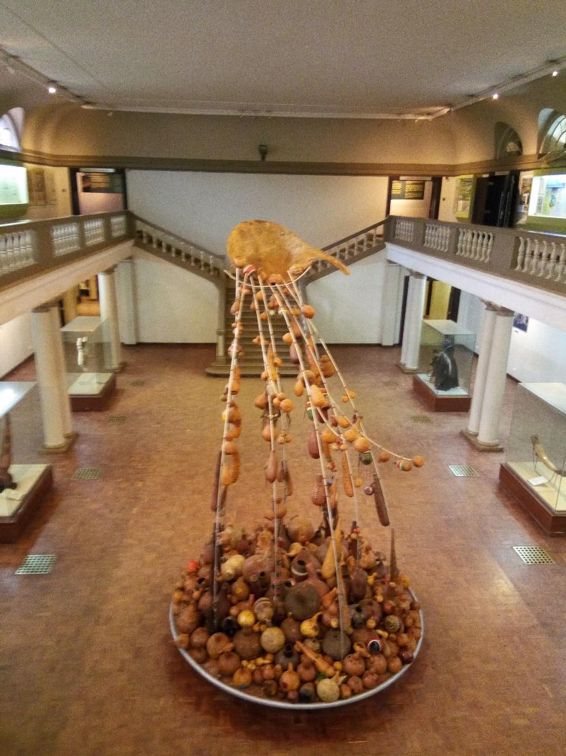
From the community of Somali traders in Eastleigh, Nairobi to the Asian community, most cities in Kenya can be rightly defined as cosmopolitan. Our taste buds were not left out of this interesting experience as they savored Italian, Indian, Somalian cuisines in Nairobi. Of course, our tongues did not escape Ugali, a staple food made with maize and eaten with vegetables, respected in word and in deed by Kenyans.
Our eyes were also not left out, especially on meandering roads as we climbed the mountains on our way to Kabarinet, Baringo County headquarters and Iten. Iten is the headquarters of Elgeyo Marakwet County. It has very high altitudes and is a training ground for many national and international athletes. Iten is also tagged “home of champions” because many of the medal winning sprinters from Kenya are from Iten.
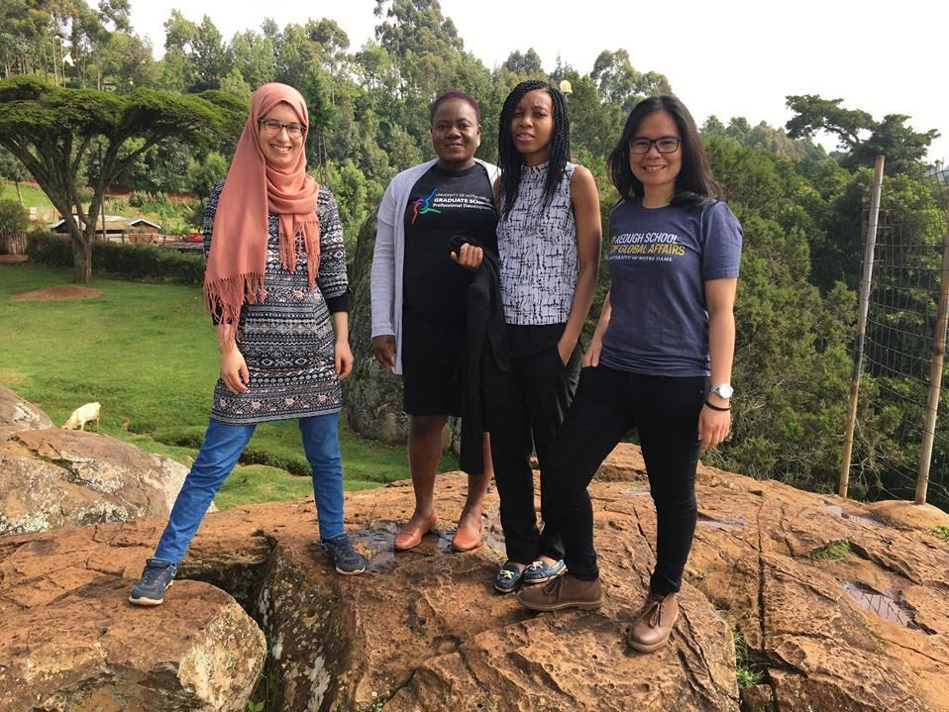
Virtually every curve met my awe as we faced the deep valleys on either side of the road. I was transformed to that experience where your whole life flashes before you and you wonder what if it all ended now. I had to close my eyes and hum some soothing lyrics to get my mind off the road. It was a relief that the journey from Nairobi to Kisumu was through relative lowlands and straight roads – or, maybe my eyes and heart had become immune.
A BUSINESS LESSON FROM A HIPPO
Our visit to the Masai Mara Game Reserve is in the offing, most likely post fieldwork in July when we may also get to experience the great wildebeest migration described by maasaimara.com as the “The World Cup of Wildlife.” However, we have experienced snippets of the variety of wildlife in Kenya through the monkeys and birds on our street, pictures and carvings in the museum, elephants at national parks, and zebras, baboons, camels sighted during our inter-county field travels, and the near sighting of a hippopotamus on Lake Victoria.
The ambivalence that accompanied the desire to sight the hippopotami by those who had seen them before was at first confusing. Hippopotami are herbivores but, in an effort, to protect their territory can overturn boats and provide food for crocodiles—intrinsic division of labour in nature. On hearing this story, although I still verbalized interest in seeing the hippos, I silently prayed that they do not show up or show up at a far distance.
It is this diversity of wildlife and landscapes that makes Kenya a beautiful sight to behold and compels tourists who bring with them 60 percent of government revenues. It is this diversity that people travel from far to experience. It is this diversity that has made Kenya famous. It is this diversity that Kenya cherishes and protects. It is this diversity that Kenya keeps seeking opportunities to maximize.
BRANCHING OUT TO DO GOOD AND BE MORE
Our discussions in Baringo and Elgeyo Marakwet counties had been along similar lines. Having both highlands and lowlands within the county, these counties plan putting in mind the unique needs of and benefits from both terrains.
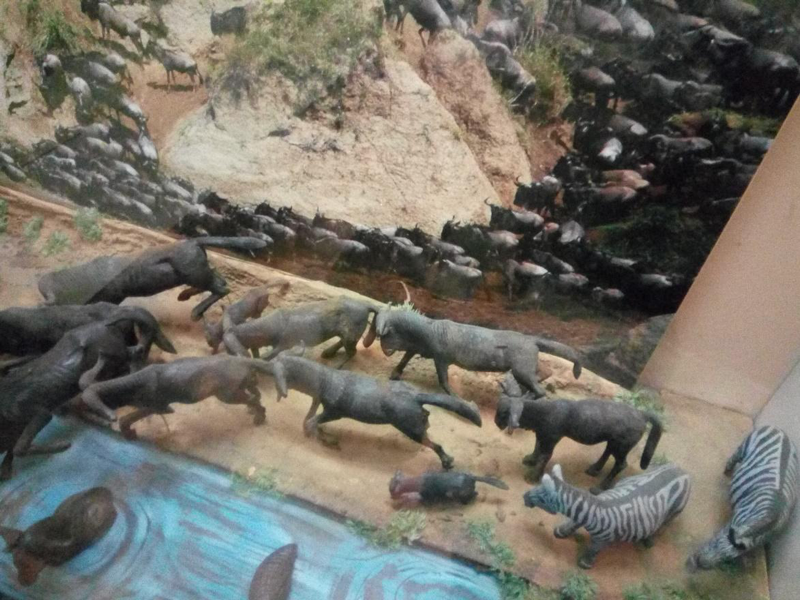
Nature is full of images that aim to instruct us that branching out is a means to be and do much more. A river that branches out does more good compared with a river with one branch, which tends to become a deluge that drowns some and starves others. It is the same reason that we use a comb with multiple teeth to comb our hair. It is the same reason that we prefer a rake to a stick when clearing our garden and prefer a watering can or sprinkler to a bucket. Not only would a bucket be of no help, it would be cumbersome to use and there is the risk of hurting or killing the plants. For this same reason, Kenya wisely branched out into 42 counties with a decentralized system of government in 2010.
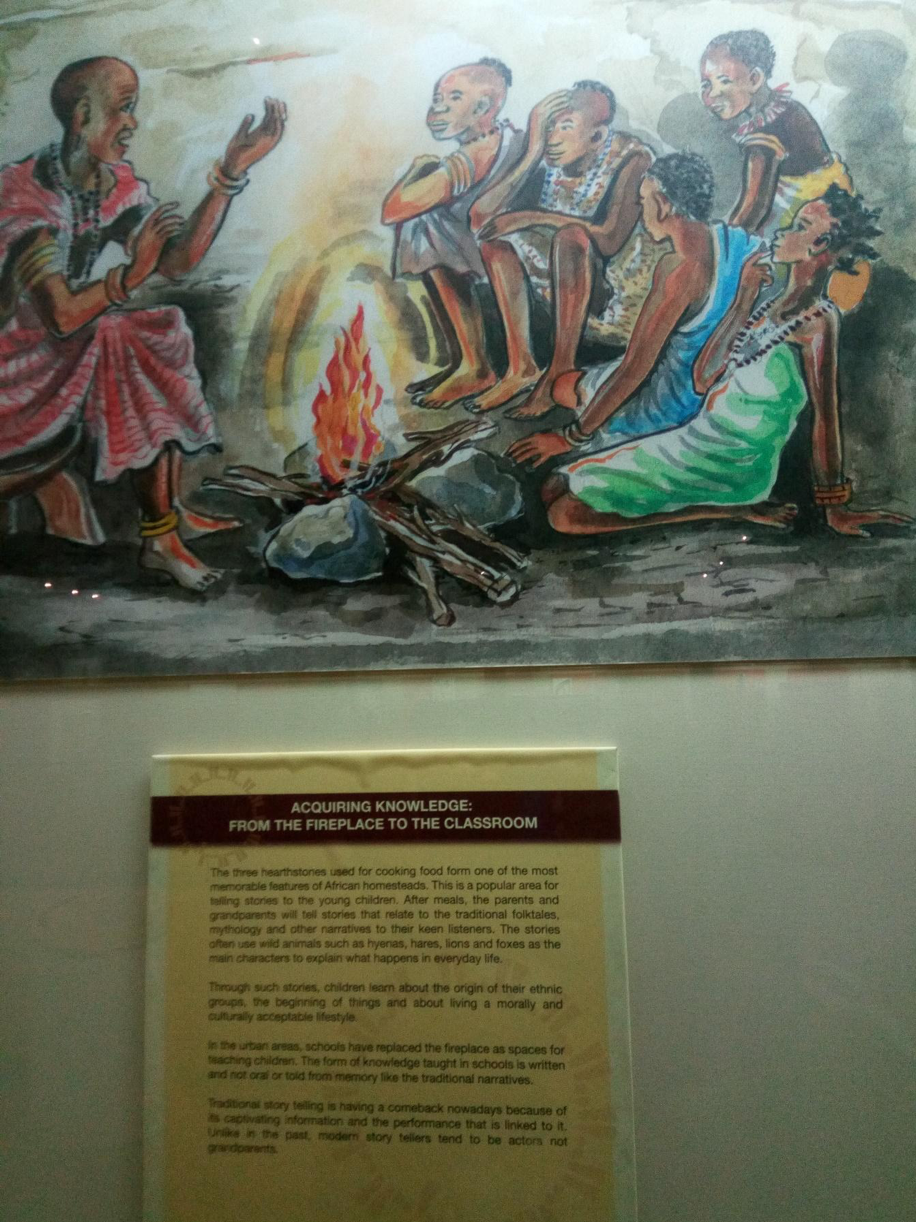
As we cherish and protect the varieties of wildlife, we should cherish and protect even more the variety of peoples that make our country what it is. Our common history and future binds us. Every tentacle or part of the body has a role to play especially in providing support to the other parts, helping it play its part better. The beauty of diversity is the multiple blessings that diversity offers when the benefits from all parts are acknowledged and maximized.
TRULY AFRICAN
I am proudly Nigerian and have lived the most part of my adult life in Lagos. In my opinion, Nairobi is a milder version of Lagos. I get more frustrated by the complaints about traffic or mosquitoes in Nairobi than by the traffic or mosquitoes. So far, I am loving Nairobi. I am also loving Kenya. Kenya is calm.
At Kisumu, the owner of the venue we had rented for our Focus Group Discussion—an ArchBishop—thought I was Luhya. When I told him I was Nigerian, he said, “Nigeria!” with an accent, saying, “that was how Nigerians say Nigeria.” I smiled. He was indirectly saying Nigerians are sassy, and was referring to our country with some sophistication and class by stressing the “er.” The ArchBishop even had a pose and accompanying head movements as he said, “Nigeria.”
Back in Nigeria, I get comments that I must be Hausa, Igbo, Yoruba, and it’s hard to place the tribe I am from. I just tell people I am Nigerian and I am pleased with any tribe I am placed in. Nowadays, my conviction (that God created the earth) override and I see myself as a global citizen—although, I have only travelled the world in my dreams. By close of day I was christened “Nanjala,” confirmed in the mouth of three female witnesses (participants at the Focus Group Discussion) and no male protesting. It is interesting that these women were not there in the morning when the Archbishop said I was Luhya but thought a Luhya name was best.
Nanjala means rainfall, and is the Luhya name for a girl born during a time of hunger/famine, as a prayer for the rains to come. Although my given ancestors are of the Luhya tribe, I would rather also just be proudly Kenyan.
Nanjala, –
as the rain falls,
may it wash away every filth and pain, make us see and know the things that really matter,
may the rains become a river that branches out and feeds all,
may the words of the Kenyan national anthem resound in sonorous unity and supplication.
“O God of all creation
Bless this our land and nation
Justice be our shield and defender
May we dwell in unity
Peace and liberty
Plenty be found within our borders.
Let one and all arise
With hearts both strong and true
Service be our earnest endeavour
And our homeland of Kenya
Heritage of splendour
Firm may we stand to defend.
Let all with one accord
In common bond united
Build this our nation together
And the glory of Kenya
The fruit of our labour
Fill every heart with thanksgiving.”
